views
Top Tech Trends in the Future of Healthcare
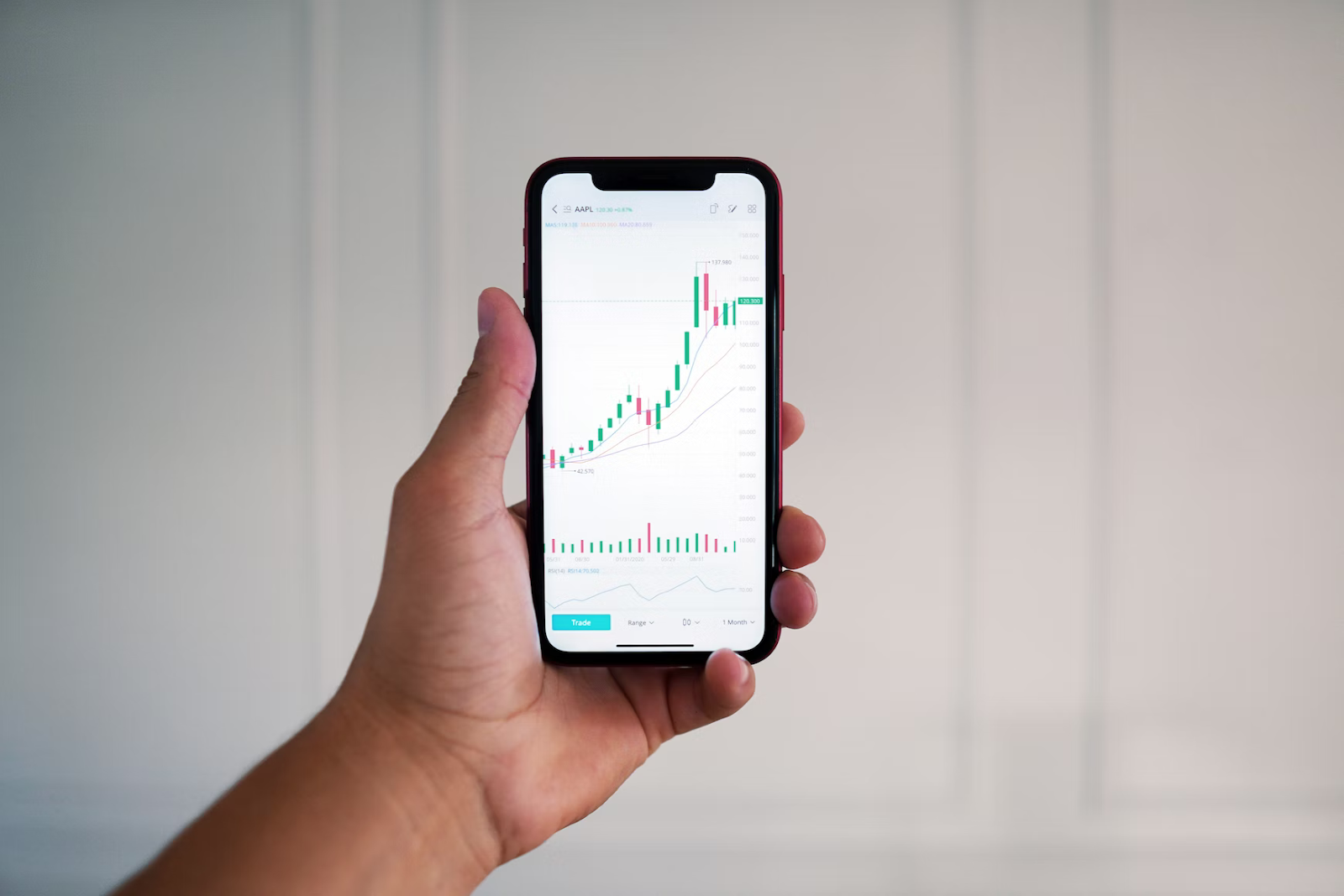
1. IoT (Internet of Things)
IoT is a tech trend that has been steadily growing over the past few years and is expected to continue to gain momentum in 2023. IoT is an interconnected network of digital devices, such as smartphones, home appliances, and other objects, that can collect, share, and analyze data.
The healthcare industry has also been exploring ways to leverage the Internet of Things for better patient care and diagnosis. For example, sensors can be installed in medical devices to measure vital signs such as heart rate and blood pressure, allowing for a more accurate diagnosis.
Additionally, the IoT can monitor patients remotely, helping reduce hospital readmissions and emergency room visits. With the increased usage of connected devices and the rise of 5G networks, we can expect even more innovative applications of the Internet of Things in healthcare in 2023.
2) 3D Printing
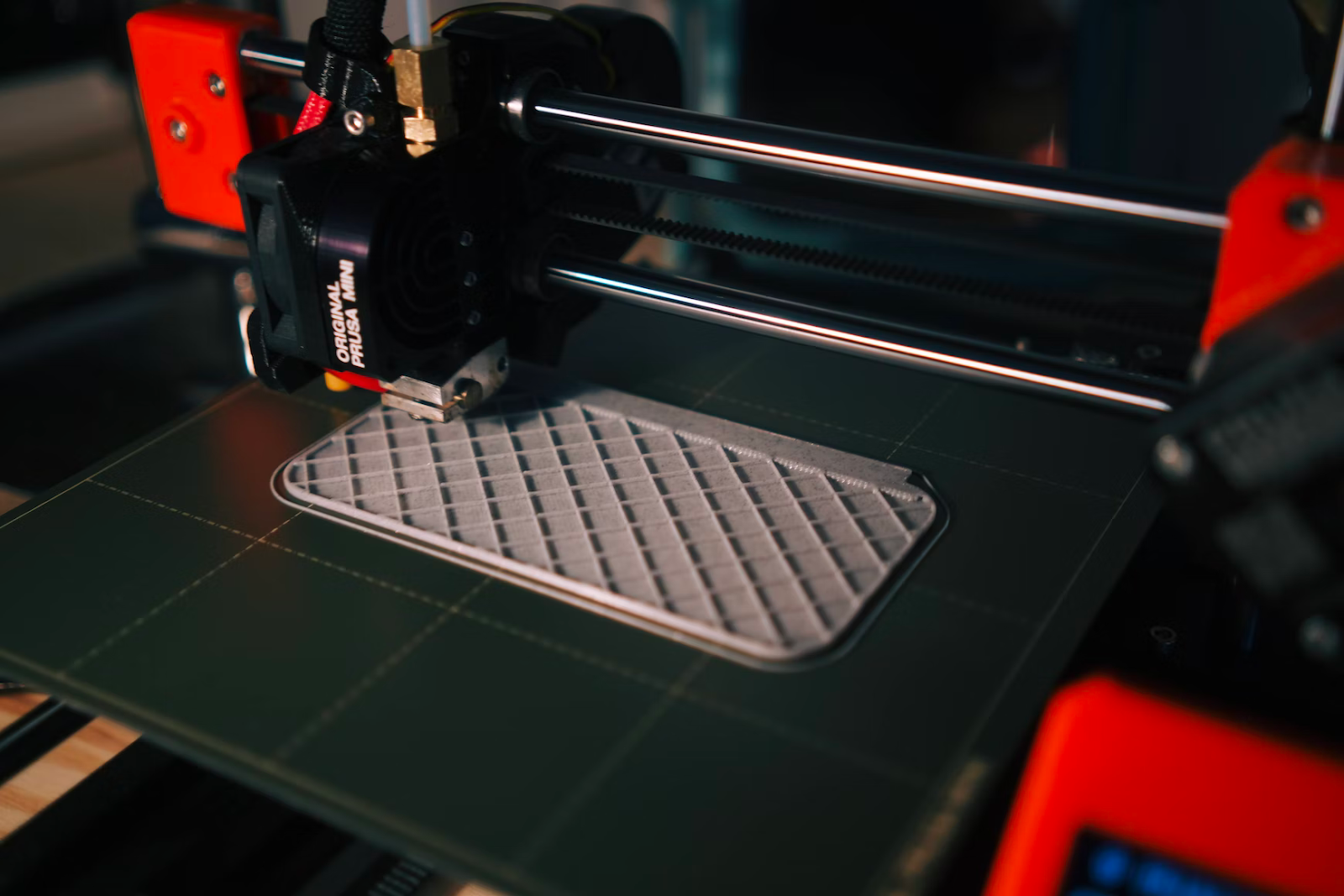
3D printing has become an increasingly popular tech trend that is expected to expand in healthcare. 3D printing can revolutionize medical care by enabling medical professionals to quickly and easily create custom medical tools, such as prosthetics, implants, and drug delivery devices. It can also help reduce costs by eliminating the need for costly molding processes for plastic parts.
With its ability to create custom devices that fit a patient’s needs, 3D printing will become an essential tool for healthcare in 2023. Additionally, 3D printing can help speed up the production process for medical supplies, making them more accessible to those in need. This will be especially beneficial for hospitals needing more resources or access to traditional manufacturing methods.
3. Big Data
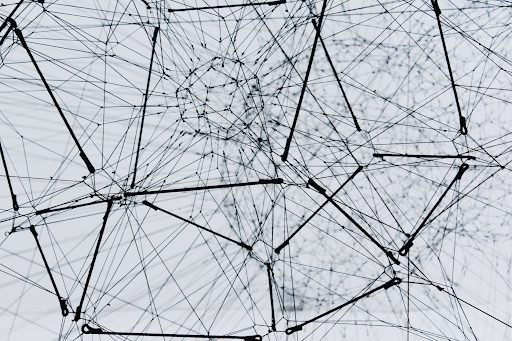
Big data is quickly becoming crucial in the tech and healthcare landscape. At CES 2023, it was discussed as one of the leading trends that will shape the industry. In particular, big data has applications in medical research, disease diagnosis, and patient treatment.
Collecting and analyzing large amounts of data allows doctors to diagnose diseases and conditions and develop new treatments accurately. With big data, doctors can identify patterns and correlations in patient data to help them understand the underlying causes of diseases and other medical conditions. They can also use this data to create more personalized patient treatment plans.
In addition, big data can be used to streamline operations within healthcare organizations. By collecting and analyzing large amounts of patient information, healthcare organizations can reduce costs and increase efficiency in their operations. This could lead to improved outcomes for patients and better quality care.
4. Cloud & Edge Computing
Cloud computing has become a key player in the tech and healthcare industries. Organizations can leverage cloud services to reduce capital costs, improve data access and security, increase scalability, and reduce maintenance time. Cloud computing allows organizations to easily store and access large amounts of data, making it an invaluable asset for healthcare providers.
Cloud computing also provides opportunities for organizations to launch new services and applications quickly, enabling them to innovate faster. Healthcare organizations are utilizing this capability to develop new patient monitoring systems, automate medical data analysis, and create telemedicine solutions. These solutions help improve patient care, reduce costs, and promote better patient outcomes.
Edge computing is a type of technology that allows data to be processed closer to the source where it is generated. It provides faster access to data and reduces the amount of time it takes for data to reach the user. Edge computing is particularly beneficial to the healthcare industry as it enables faster, more secure transmission of sensitive patient information.
By utilizing edge computing, healthcare organizations can ensure data remains secure while providing patients quick access to their medical records. Additionally, this tech helps reduce the need for extensive cloud storage, reducing costs and improving efficiency. Edge computing can also improve overall system performance by reducing latency and allowing for faster response times, making it a powerful tool for healthcare professionals.
Position yourself at the forefront of innovation and catapult your business with Think AI. Gain access to a strategic, structured roadmap and practical implementation of projects to tackle your business’ complex issues. Contact us today for a consultation.
5. Cybersecurity
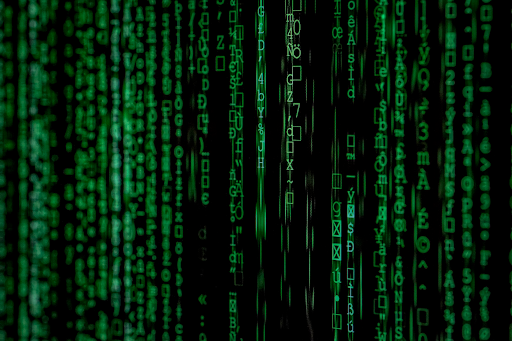
The digital transformation of healthcare has led to an increased need for more robust cybersecurity measures to protect patient data, systems, and devices from malicious cyber-attacks. The tech industry is exploring new ways to safeguard healthcare data, such as biometric authentication and encryption, as well as advanced monitoring and risk management strategies.
As the healthcare sector embraces the Internet of Things, cloud computing, and other technological advances, the need for secure technology that prevents unauthorized access to sensitive data will remain a top priority in 2023. Healthcare organizations must keep up with the latest developments in cybersecurity to protect their data, operations, and patients.
6. AR & VR
Augmented reality (AR) is a quickly emerging tech trend that has the potential to revolutionize the healthcare industry. It is a technology that overlays virtual objects, such as images and 3D models, onto a user’s physical environment. Doing so allows healthcare professionals to visualize patient data more interactively and engagingly.
AR can be used in various medical applications, including medical imaging and training. For instance, medical professionals can use AR to see inside the human body or, even better, to create 3D models of organs or tumors to aid in diagnosis. AR can also be used in teaching and training medical students, allowing them to get a hands-on experience with virtual tools and equipment.
With the rapid growth of AR technology, it is only a matter of time before augmented reality becomes an integral part of healthcare. From better diagnosis to enhanced training, the potential for AR to revolutionize the healthcare industry is only just beginning to be realized.
Virtual Reality (VR) is also one of the most exciting tech trends shaping healthcare in 2023. VR has already been used in various areas of healthcare, such as virtual doctor visits, patient-care simulations, and surgical training. In the future, it is expected to become even more commonplace in healthcare settings.
VR can provide immersive and interactive experiences that can help doctors and medical students gain better insight into the anatomy and physiology of the human body. It can also be used for remote diagnosis, treatments, and psychological therapies. VR can also offer therapeutic relaxation techniques to reduce stress, anxiety, and depression in patients.
Furthermore, VR can be used to create augmented reality (AR) environments to simulate a hospital setting with various scenarios, allowing medical staff to get a realistic understanding of their work environment. This can ultimately improve overall communication between healthcare providers and patients.
7. 5G
The fifth generation of cellular technology, 5G, was one of the most talked-about tech trends at CES 2023. 5G is set to revolutionize healthcare with its incredible speeds and low latency and potentially change how medical providers interact with their patients.
5G networks can transmit data up to 100 times faster than 4G LTE networks, allowing medical professionals to quickly and securely transfer large amounts of medical data. This increased speed can be used for real-time monitoring of patients, allowing physicians to provide more accurate diagnoses and remote treatments.
5G networks also have meager latency rates, making them ideal for applications like telemedicine and remote surgical procedures. This can allow healthcare providers to conduct consultations with their patients remotely, providing more efficient access to healthcare. Furthermore, 5G technology can help hospitals process large amounts of patient data quickly, allowing for more accurate diagnoses and treatments.
In short, 5G technology is transforming healthcare delivery, offering faster data transmission and low latency rates, making it perfect for medical applications. As 5G continues to evolve, healthcare providers will be able to leverage the technology to provide better care for their patients.
8. Blockchain
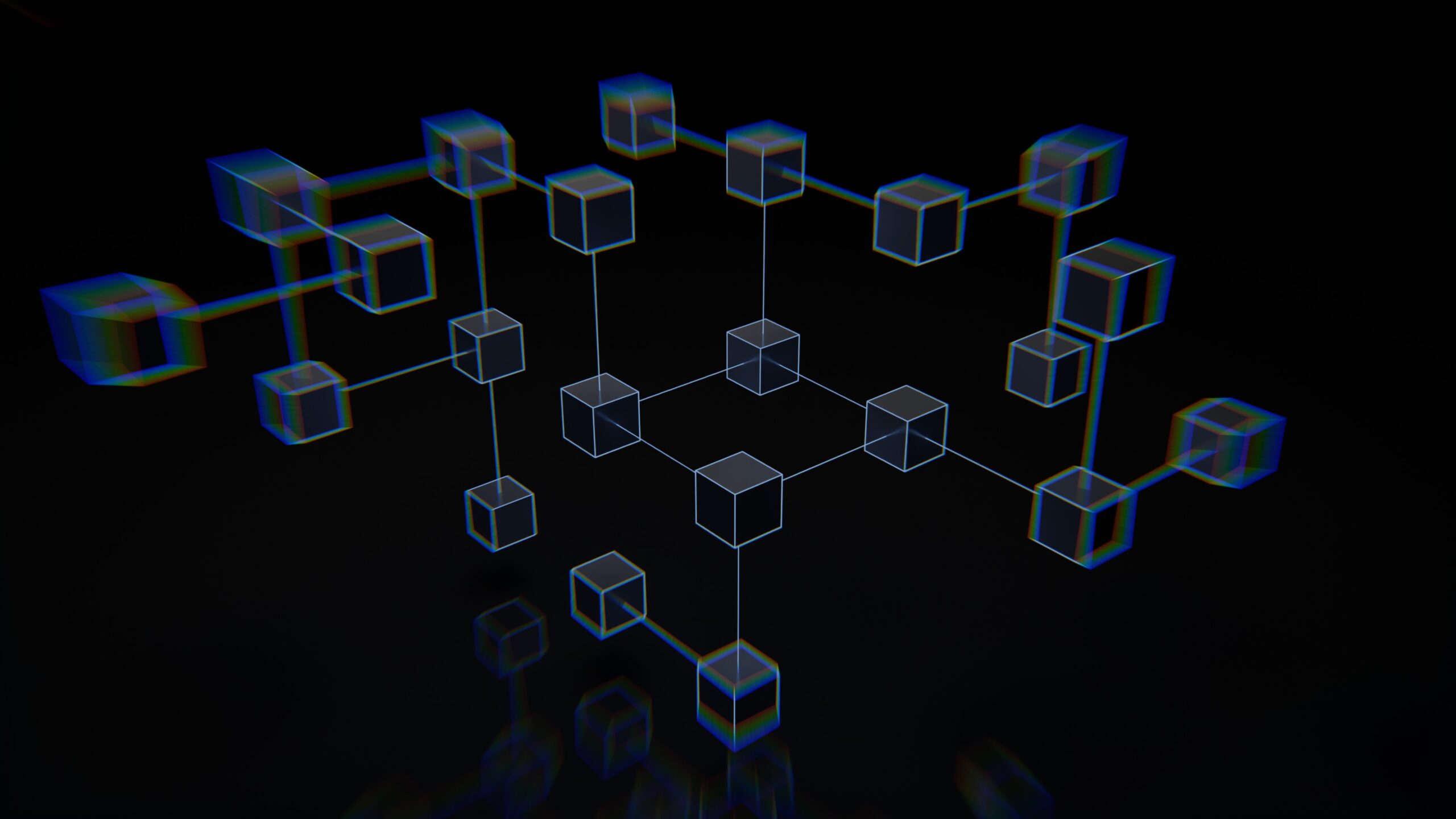
The potential of blockchain technology to revolutionize the healthcare industry has been a hot topic of discussion at CES 2023. Blockchain, or distributed ledger technology, is a secure and reliable form of digital record-keeping that has the potential to simplify and automate many processes in the healthcare sector.
From its use in data management to its ability to streamline patient authentication, blockchain technology could be instrumental in reducing costs and improving the quality of care for patients. By providing a secure digital record of patient information, blockchain can enable providers to access and share medical records quickly and securely. Additionally, it can be used to maintain the confidentiality of sensitive health data and ensure compliance with the latest regulations and standards.
With its potential to improve security, reduce costs, and promote greater efficiency and collaboration, blockchain is poised to become an essential part of the healthcare tech landscape in 2023. As blockchain continues to expand, it may be an invaluable tool for healthcare organizations looking to provide better patient care.
Key Takeaways
As we move towards the year 2023, there are a variety of tech trends that will be reshaping the healthcare industry. These trends include the Internet of Things, 3D Printing, Big Data, Cloud Computing, Cybersecurity, 5G, Blockchain, and more. These emerging technologies have the potential to revolutionize the healthcare sector by providing greater access to medical data and resources.
Understanding these tech trends is essential for healthcare providers to stay ahead of the curve and provide quality care. The Internet of Things can be used to collect patient data remotely, while Big Data analytics can be used to uncover insights into treatment options.
Cloud computing and edge computing can help store patient information securely, while 5G technology allows faster data transmission. Finally, augmented reality, virtual reality, and blockchain can provide new ways for patients to receive care and for medical professionals to diagnose and treat illnesses.
In summary, tech trends have the potential to revolutionize the healthcare industry. By understanding and leveraging these technologies, healthcare providers can enhance their services and provide better patient care.
Do you have systems and or applications that need to be built using one or two of these modern technologies? Think AI is always on the lookout for thought leaders like you to partner with and solve complex business. Let’s get started on discussing infinite possibilities for accelerating your business success today. Connect with us.












Facebook Conversations